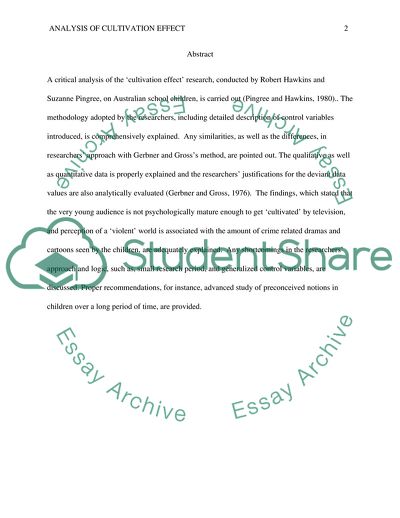Cite this document
(Some Processes in the Cultivation Effect Report Example | Topics and Well Written Essays - 3250 words, n.d.)
Some Processes in the Cultivation Effect Report Example | Topics and Well Written Essays - 3250 words. https://studentshare.org/journalism-communication/1766378-comm-research-research-paper
Some Processes in the Cultivation Effect Report Example | Topics and Well Written Essays - 3250 words. https://studentshare.org/journalism-communication/1766378-comm-research-research-paper
(Some Processes in the Cultivation Effect Report Example | Topics and Well Written Essays - 3250 Words)
Some Processes in the Cultivation Effect Report Example | Topics and Well Written Essays - 3250 Words. https://studentshare.org/journalism-communication/1766378-comm-research-research-paper.
Some Processes in the Cultivation Effect Report Example | Topics and Well Written Essays - 3250 Words. https://studentshare.org/journalism-communication/1766378-comm-research-research-paper.
“Some Processes in the Cultivation Effect Report Example | Topics and Well Written Essays - 3250 Words”. https://studentshare.org/journalism-communication/1766378-comm-research-research-paper.


